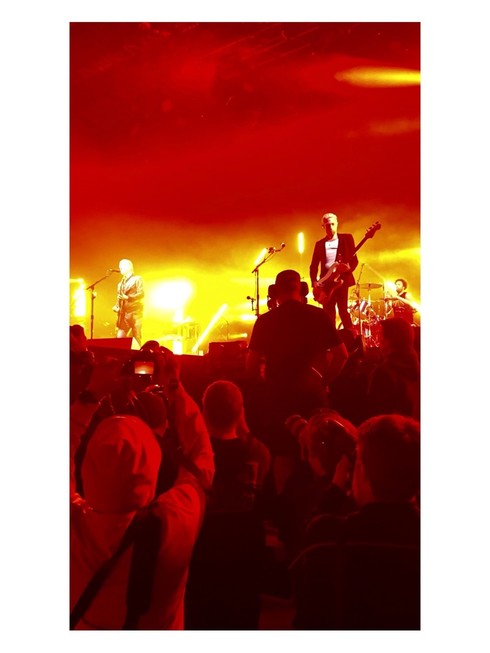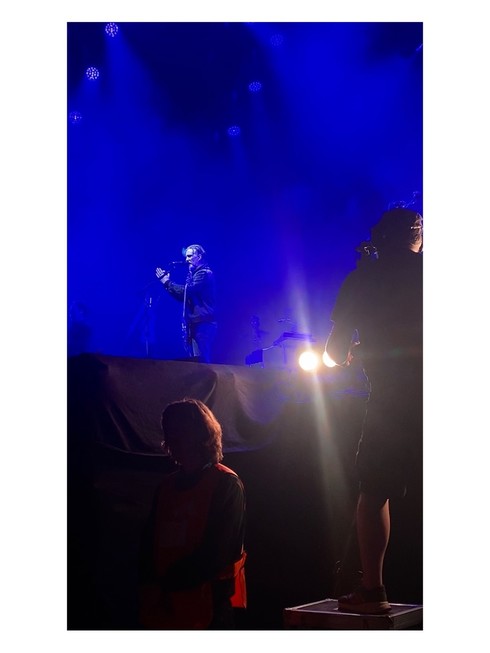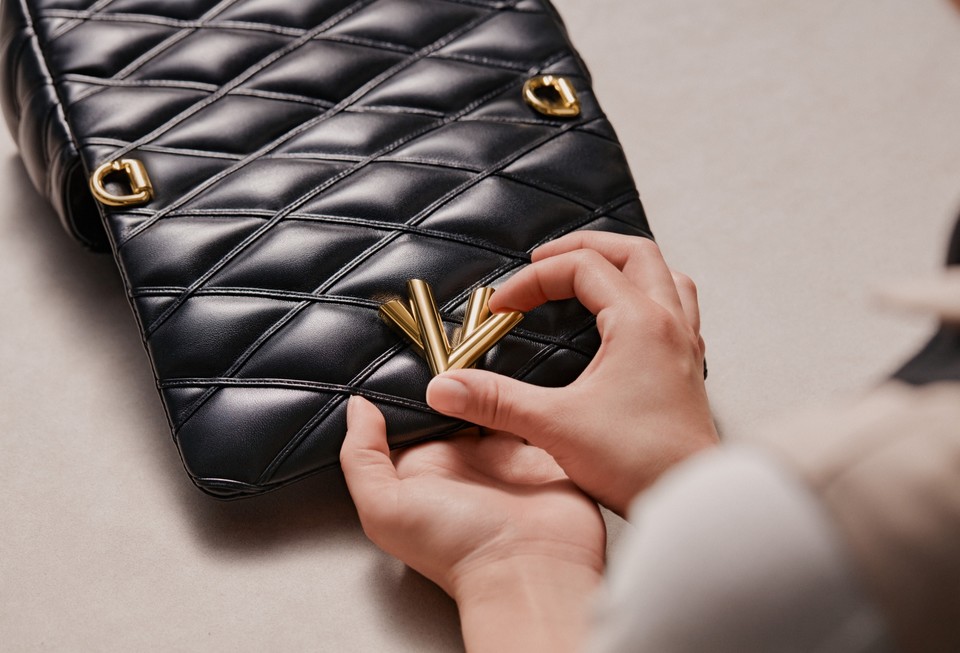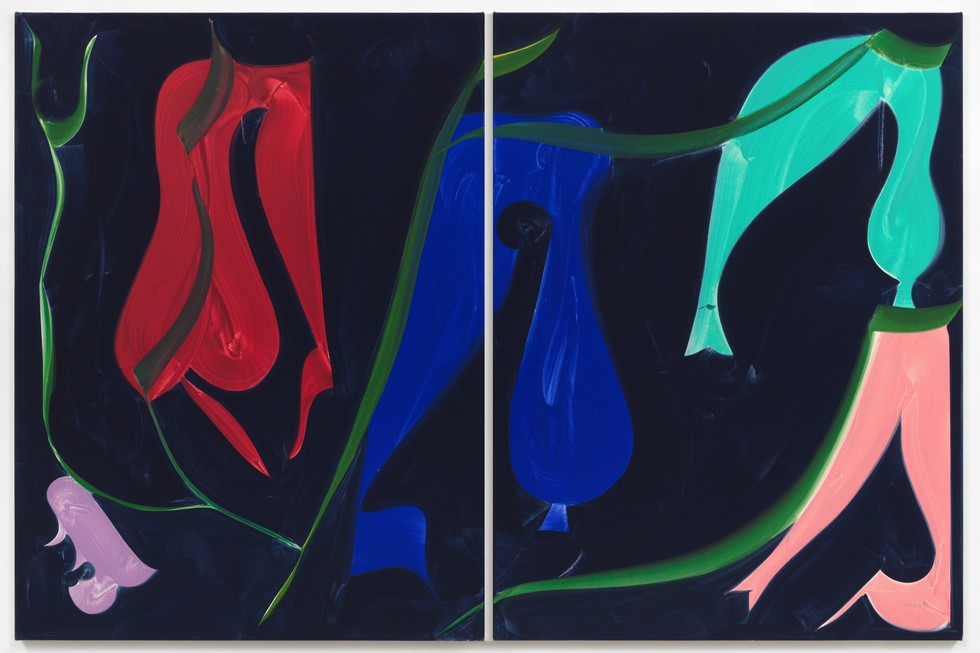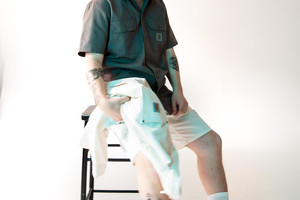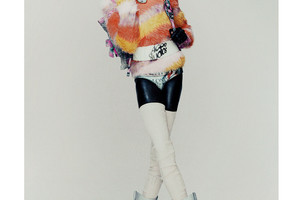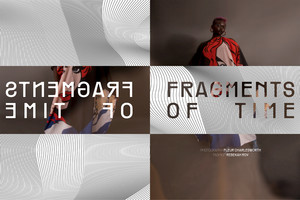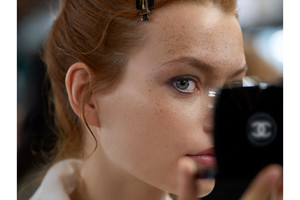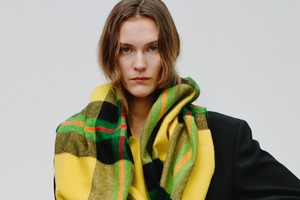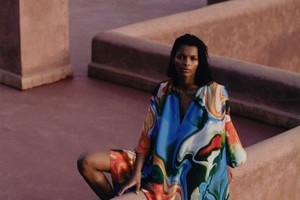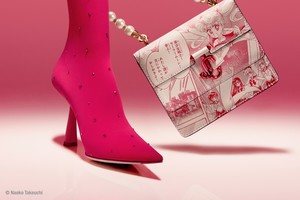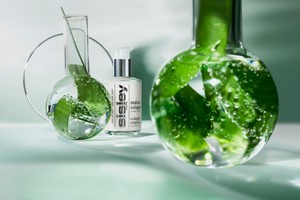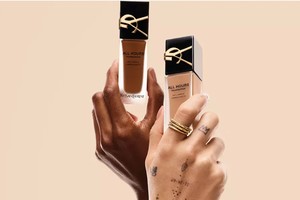Live Performance, Narratives, and Self-Reflection: Queens of the Stone Age
Written by Linnéa Ruiz Mutikainen by Ulrika LindqvistWhen one attends an audio-visual performance, a concert for instance, the premise seems universally simple and applicable to each member of the audience. Performers perform, receivers receive. But while the reason for physical attendance may appear abstract, the performance could also trigger passageways to deeper reflection, based on authentic discourse between artist and audience.
The artist is the central narrator whose narrative generally reflects themselves. There is a continuous intrinsic presence of first-person experience; recurrent incentives sparked creative revolt, later resulting in lyricism and melodic composition. As the creation reaches its audience, the incentives have been compressed into a stylized thematic retrospective. Oftentimes, the foundation of this discourse is a deconstruction of the self, merging past with present time, while posing the question of futurity. Audience can partake in the congruence between context and emotion, building a perplexing platform of possible self-reflection.
In June 2023, American alternative rock band Queens of the Stone Age (hereinafter referred to as “Queens”) performed at Roskilde, a Danish festival with closer to 130,000 spectators each year. Roskilde thinks in parallel spheres, merging music with activism and conceptual arts, a possible bridge between strict entertainment and contemplative awareness. Queens’ performance doubled as an audio-visual manifesto of living life without fear, following the 2023 release of album In Times New Roman… which narrates frontman Josh Homme’s long standing intersection of personal traumas, in plural – seemingly a de- and reconstruction of the self, as in his self. As Queens entered the stage, Peggy Lee’s poignant song Smile played in the background, neatly touching beauty in chaos: “Smile though your heart is aching / Smile even though it’s breaking / When there are clouds in the sky / You’ll get by”. Queens’ latest album is profoundly vulnerable, it radiates sincerity and excels in vulnerability. In live installment, an indescribable kind of rawness is generated, stoically pairing their signature darker sound with intimate storytelling. Queens succeed in authentic discourse, and to encourage the audience to challenge their own self.
In 1938, French existentialist philosopher Jean-Paul Sartre released Nausea, a diary format novel sharply reflecting on consciousness. The writer Antoine Roquentin is the novel’s troubled protagonist, preoccupied with questioning the idea of existentialism and its alienated perception while horrified by his own existence. Here, Sartre’s own ideas are dissolved through impressionistic, fictional narration, rather than autobiographical word-by-word recollection. The reader is provided with a wider framework containing spaces to fill, perhaps with fragments from one’s own self, life, and its intersections. Juxtaposing literal and figurative concepts could perhaps be approached as entering a narrational gray zone, where the reader is encouraged to reflect further – and reach for the unreadable. In this sense, when partakers indulge in these fixed narratives, they consciously surrender to possible triggers of (induced) self-reflection.
In a larger sense, we may simply be compelled by the unknown, the undefinable, and the indeterminate – what could have been, what it turned out to be, what it might turn into. Fascination of the beauty in chaos, the beauty in our chaos. In conversation with Derek Attridge in 1989, later published in Acts of Literature (1991), philosopher Jacques Derrida shed light on this gray zone, as he dwells on the connection between autobiographical narrative and its oftentimes raw, cataclysmic character. “As soon as things become a little sedimented, the fact of not giving anything up, not even the things one deprives oneself of, through an interminable “internal” polylogue (supposing that a polylogue can still be “internal”) is also not giving up the “culture” which carries these voices,” he said. “At which point the encyclopedic temptation becomes inseparable from the autobiographical.” In this sense, no matter the narrative, we have a habitual tendency and desire to embrace chaos, to then divide and dissolve it.
When Queens audio-visualized mournful lyricism on stage, the audience was invited to embark on a transformational quest of their own. One was not forced to explore or even react to this discursive command; one was skillfully given the opportunity. It is a glimpse into a cathartic floodgate within reach, a pensive sphere stretching beyond the abstract premise of live performance.

